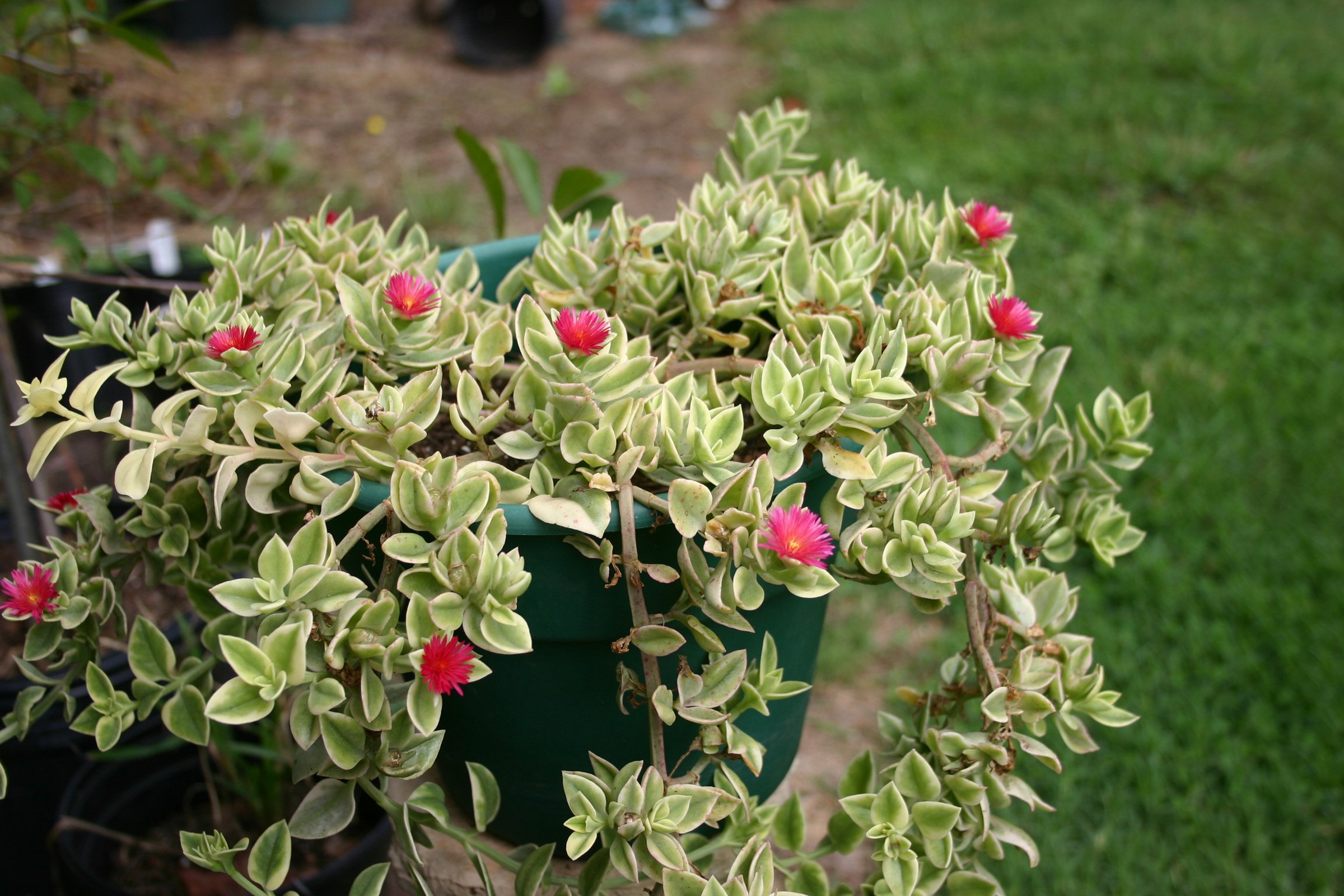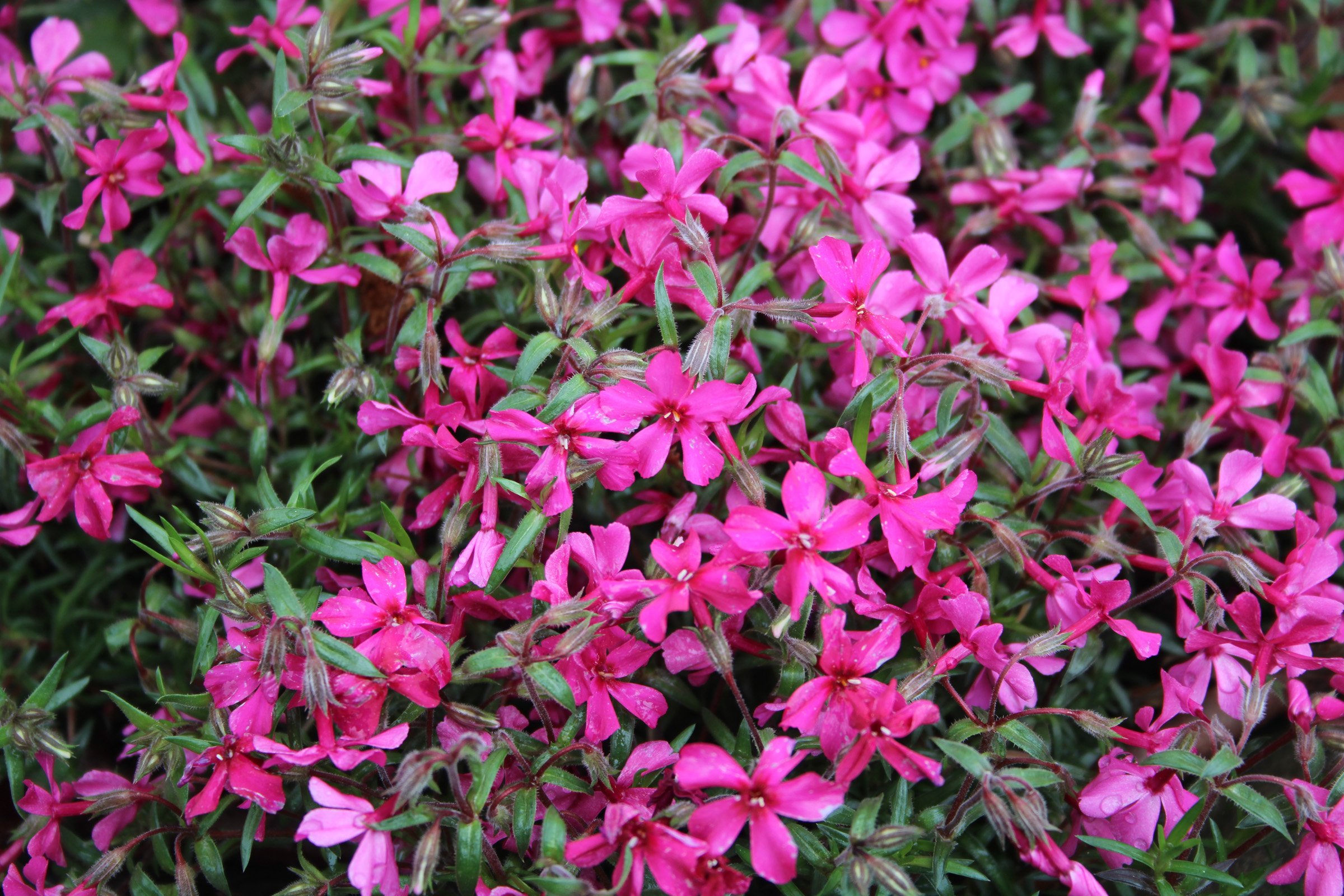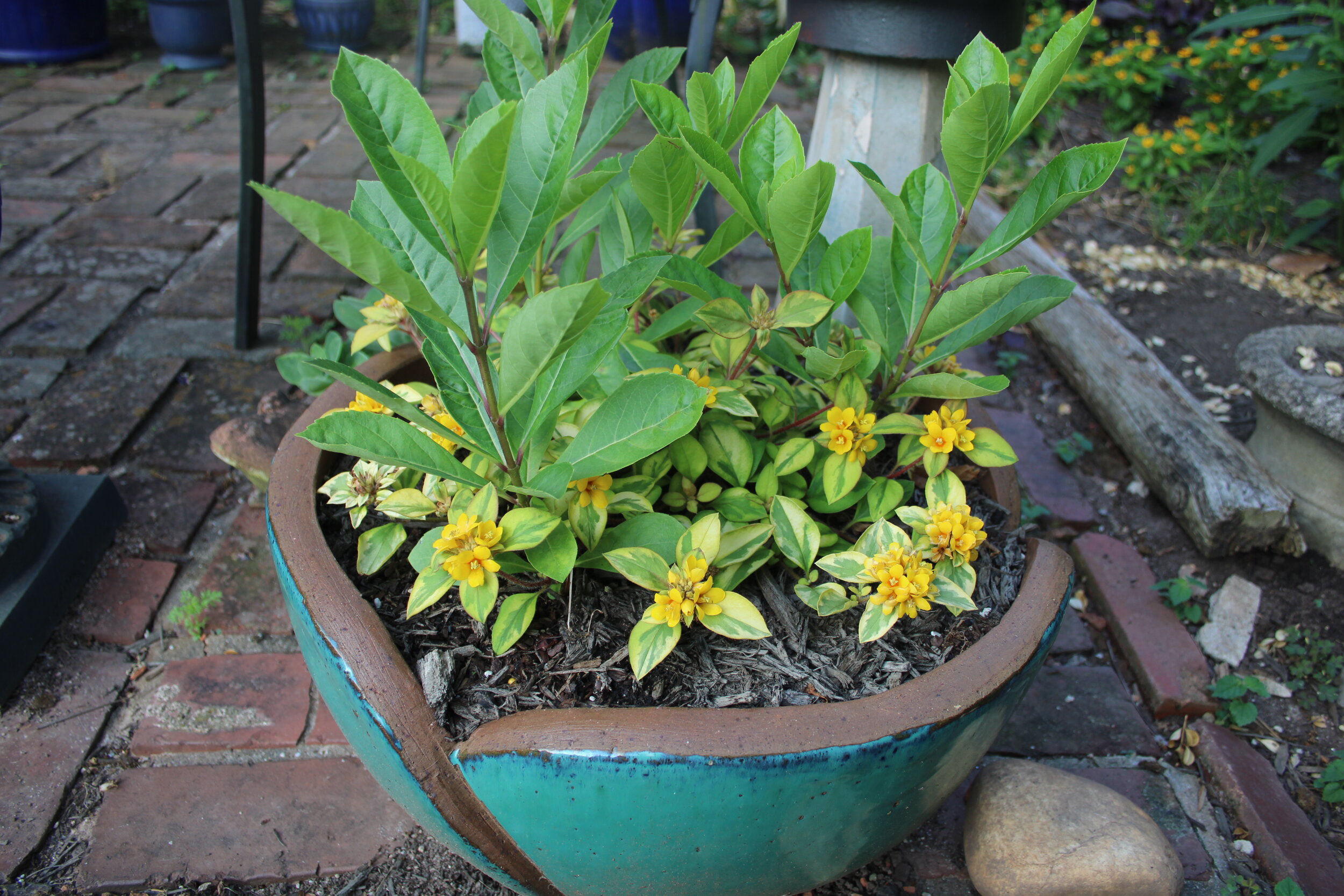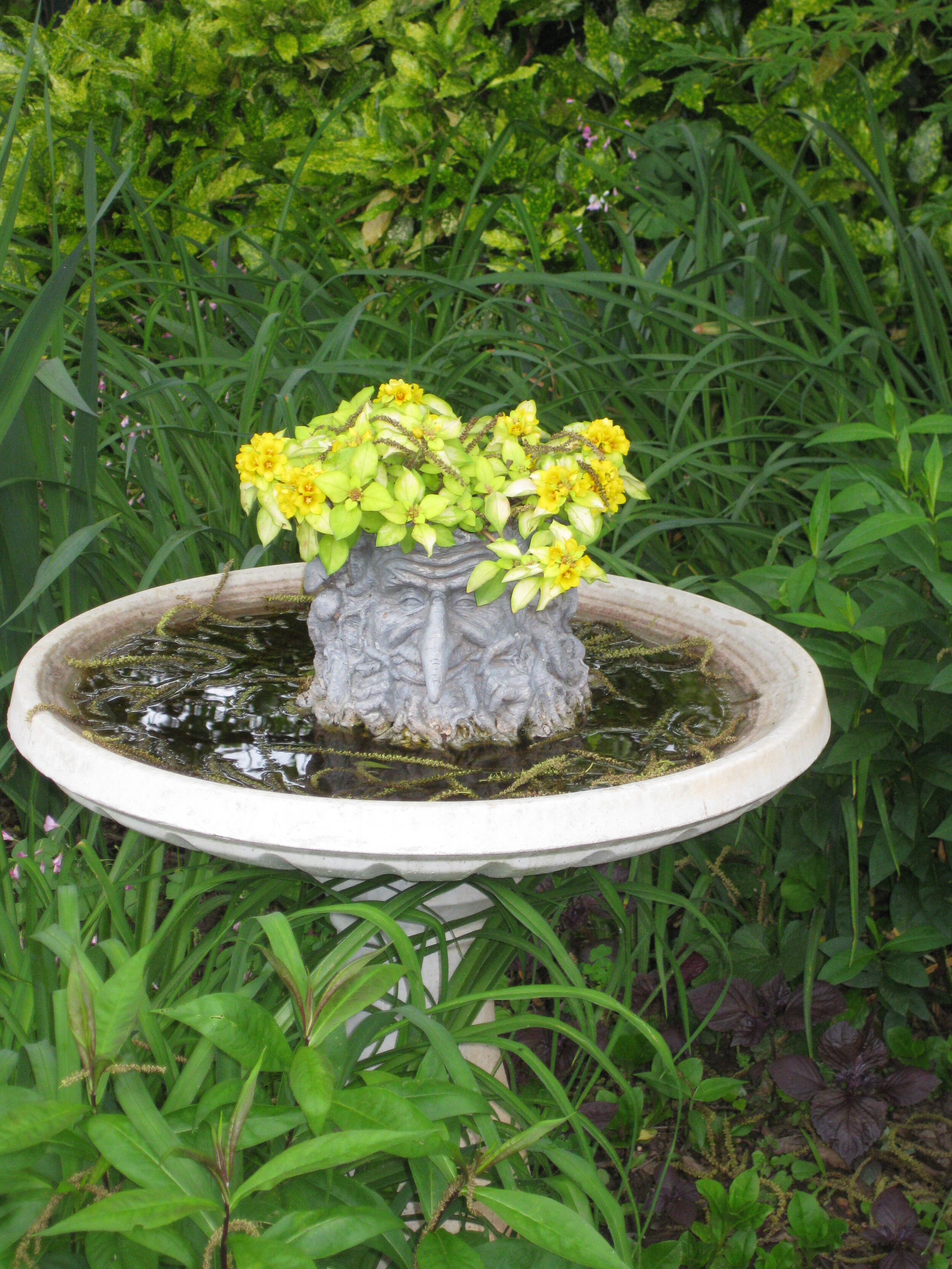Candytuft has been flowering in my garden since the second week of January. While the clusters of white flowers are on the small side, it is always nice to see signs of life when everything else is dormant or dead. Candytuft, Iberis sempervirens (pronounced eye-BEER-is sem-per-VY-renz) is used as a groundcover. Early in the year, the flowers can be sparse but as temperatures rise the blooms are so profuse that they almost conceal the dark green evergreen to semi-evergreen foliage.
Candytuft was widespread in gardens when I was a child, but it has fallen out of favor. I don’t understand why. This plant has a cast-iron constitution. Plants were not pampered at my childhood home. They did not receive fertilizer, soil amendments, or supplemental water. Instead, they went directly into unamended clay. And, for the most part, they thrived. Our foundation beds were edged with Candytuft. It put on a spring show, and then retired into obscurity the rest of the year, allowing attention to focus on the taller shrubs and foundation plantings.
Candytuft has a sprawling habit. Everywhere its stems fall onto soil, it will take root and slowly expand into a pretty edger. Leaves are leathery, narrow, and only an inch long. Flower clusters are about the size of a quarter coin. Candytuft prefers full sun and a neutral to slightly alkaline soil, although those in my childhood home were never limed and they did fine. Plant roots will rot in wet soils. They are hardy in zones 3-8, although they are only semi-evergreen in the colder zones.
Mature plants tend to open up a bit as stems elongate and spread horizontally. Trim with scissors or handheld pruners every 2-3 years to encourage branching and bushy new growth. A light trim when flowering is complete may result in repeat flowering. Plants can be used as a “spiller” in containers, or allowed to drape gracefully over the top of a wall. Candytuft is rarely damaged by insects or disease. I would like to tell you that they are resistant to damage from deer or rabbits, but my neighbors tell me that their plants have been damaged occasionally, although not ravaged.
I have only seen two cultivars in garden centers: ‘Alexander White’ and ‘Purity.’ The smallest cultivars are ‘Whiteout’ (2-3 inches tall and 5 inches wide), ‘Little Gem’ and “Snowcushion.’
Candytuft is also available in an annual form, Iberis umbellata. It is easy to start from seed, and comes in shades of pink, lavender, purple, red, and white.
Three years ago, this was a 4-inch pot of Candytuft. I allowed stems to root into the surrounding mulch. It is now 30 inches across.
A close view of Candytuft flower


























